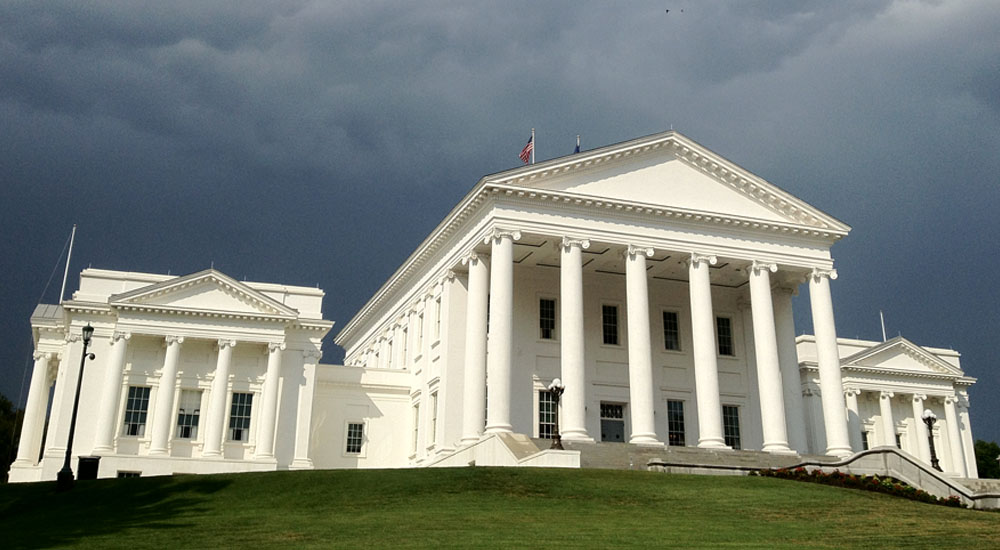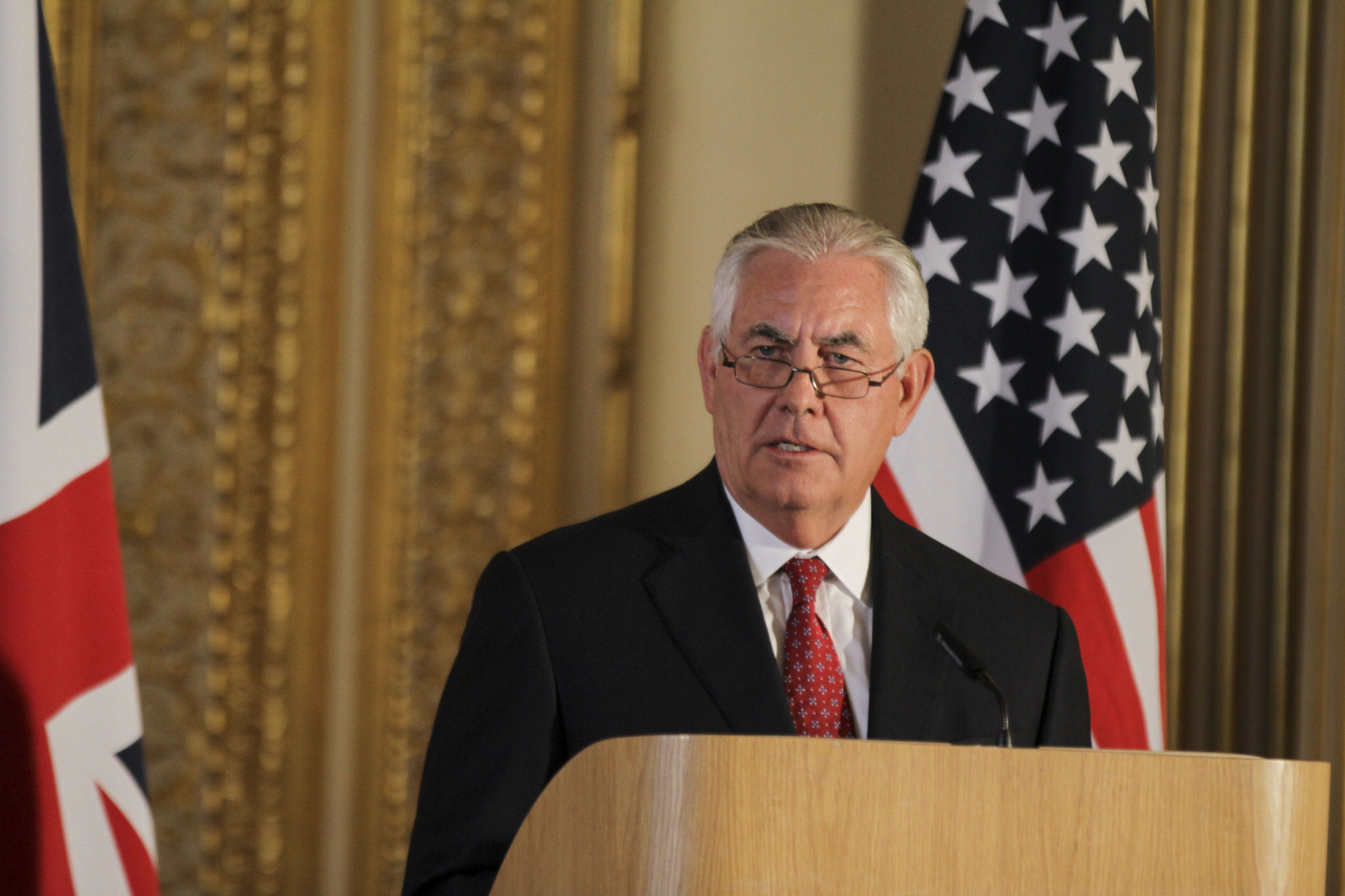One of several top issues that may dominate the 2019 General Assembly session is the state of the political boundaries that make up Virginia’s legislative map, an issue which has drawn much contention between both parties in the House of Delegates as the redistricting impasse consumed much of this year. Recently, Speaker of the Virginia House of Delegates Kirk Cox (R-Colonial Heights) called for an emergency stay from the U.S. Supreme Court after the decision from the Eastern District of Virginia to deny moving back the 2019 primary election season even though the high court is set to hear the case in early spring.
The court-appointed “special master” has finished drawing the new judicially-mandated legislative maps meant to address racial gerrymandering in 11 House districts in the Richmond and Hampton Roads metropolitan areas from the 2011 House redistricting plan – a plan that garnered bipartisan support after redistricting from the 2010 census. Nevertheless, the decision by the federal court to invalidate part of the legislative map has led to the possibility that two of the most powerful Republicans in the House of Delegates may face much tougher campaigns in the 2019 election cycle if the new map is adopted by the General Assembly.
To recap the impasse:
There was the $4 million Democratic lawsuit challenging the 2011 map; a federal court ruling part of the map unconstitutionally racially gerrymandered; a motion filed to the Supreme Court by Republicans; a mysterious map maker hired by Democrats; a “politically-neutral, race-blind” remedial map from Republicans; a scheduled vote in Richmond after a bipartisan agreement; a promise to veto the new plan by Governor Ralph Northam (D); a judicial contingency plan; a “special master” to re-draw the districts; an announcement that the Supreme Court will hear the redistricting case from Republicans in the Spring; Speaker Cox calling for a stay on the judicially-mandated map pending the high court decision and to move back 2019 House primaries; and then the denial of that request.
Regardless, a list of bills increasing in length is hoping to remedy redistricting problems as the 45-day session in Richmond begins in less than two weeks.
State Senator Emmett Hanger (R-Augusta), who works with the One Virginia 2021 independent redistricting commission, is proposing a constitutional amendment to change who draws the political boundaries in the Commonwealth to help prevent partisan gerrymandering. S.J. 25, which was introduced by Hanger earlier this and was left in the Privileges and Elections Committee, now has new life in next year’s session beginning January 9. The legislation would establish a seven-member Virginia Redistricting Commission to redraw congressional and General Assembly district boundaries after each decennial census.
However, some critics argue that it would take the constitutional power away from both the state and federal levels that has been traditional kept by the legislative body to draw the political boundaries. For a constitutional amendment to be official, it would take both the 2019 and 2020 General Assembly sessions to pass it, with a statewide referendum vote afterwards – all before the legally required redistricting in 2021.
Other changes to redistricting for the upcoming session include the constitutional amendment from State Senator Jill Vogel (R-Fauquier) that would prohibit electoral districts from being drawn “for the purpose of favoring or disfavoring any political party, incumbent legislator or member of Congress, or other individual or entity.” S.J. 68 would authorize the General Assembly to provide “additional standards” to provide a criteria to establish guidelines.
Similar to the previous amendment, State Senator Amanda Chase’s (R-Chesterfield) S.J. 258 would also require the General Assembly to “regulate the role of money in elections and governance to ensure transparency, to prevent corruption, and to protect against the buying of access to or influence over elected officials.”
As an additional safeguard over statewide redistricting, S.B. 323, introduced by State Senator Mark Peake (R-Lynchburg), would also institute a seven-member Virginia Independent Redistricting Review Commission – like State Senator Hanger’s S.J. 25 – for the purpose of reviewing redistricting plans adopted by the General Assembly to ensure that precincts are wholly contained within election districts at every level.
He has also proposed S.B. 1051, which would dissolve the issue of split precincts wherein single precincts may overlap more than one congressional or state legislative district. Likewise, State Senator Mark Obenshain (R-Harrisonburg) has proposed S.B. 1087 to also remedy split precincts, requiring, if passed by the legislature, “counties, cities, and towns to adjust local election district lines to coincide with congressional or state legislative district lines established by the General Assembly.”
Delegate Mark Cole’s (R-Spotsylvania) constitutional amendment would give the General Assembly “the authority to make technical adjustments to legislative electoral district boundaries following the enactment of any decennial reapportionment law.” With H.J. 591, “adjustments may be made solely for the purpose of causing legislative electoral district boundaries to coincide with the boundaries of voting precincts established in the counties and cities and shall be permitted only to the extent necessary to accomplish this purpose….consistent with any criteria for legislative electoral districts adopted for the preceding decennial redistricting.”
Across the political aisle, Delegate Stephen Heretick (D-Portsmouth) – who supported the redistricting plan from House Republicans this year during the impasse and slammed his own party’s plan as a “self-serving political power grab – has introduced H.J. 582, which would establish a redistricting commission similar to State Senator Peake’s bill.
Though, it would have an appointed 13-member state body that would include: “two each by the President pro tempore of the Senate, the Speaker of the House of Delegates, the minority leader in each house, and the state chairman of each of the two political parties receiving the most votes in the prior gubernatorial election. The 12 partisan members then select a thirteenth independent member by a majority vote or, if they cannot agree on a selection, certify the two names receiving the most votes to the Supreme Court of Virginia, which will name the thirteenth member.”
As the General Assembly works to establish better standards to govern redistricting plans that include the constitutional requirements of population equality, compactness, and contiguity, additional standards to minimize split precincts and prohibit consideration of incumbency in elections may have come too late to affect this coming November’s statewide elections. Therefore, the landscape is still set for a much-altered 2019 election season with all 140 members of the House and Senate up for re-election governed by a map drawn by a contingency plan from a federal court, not a constitutionally-mandated, legislatively-drawn map.






